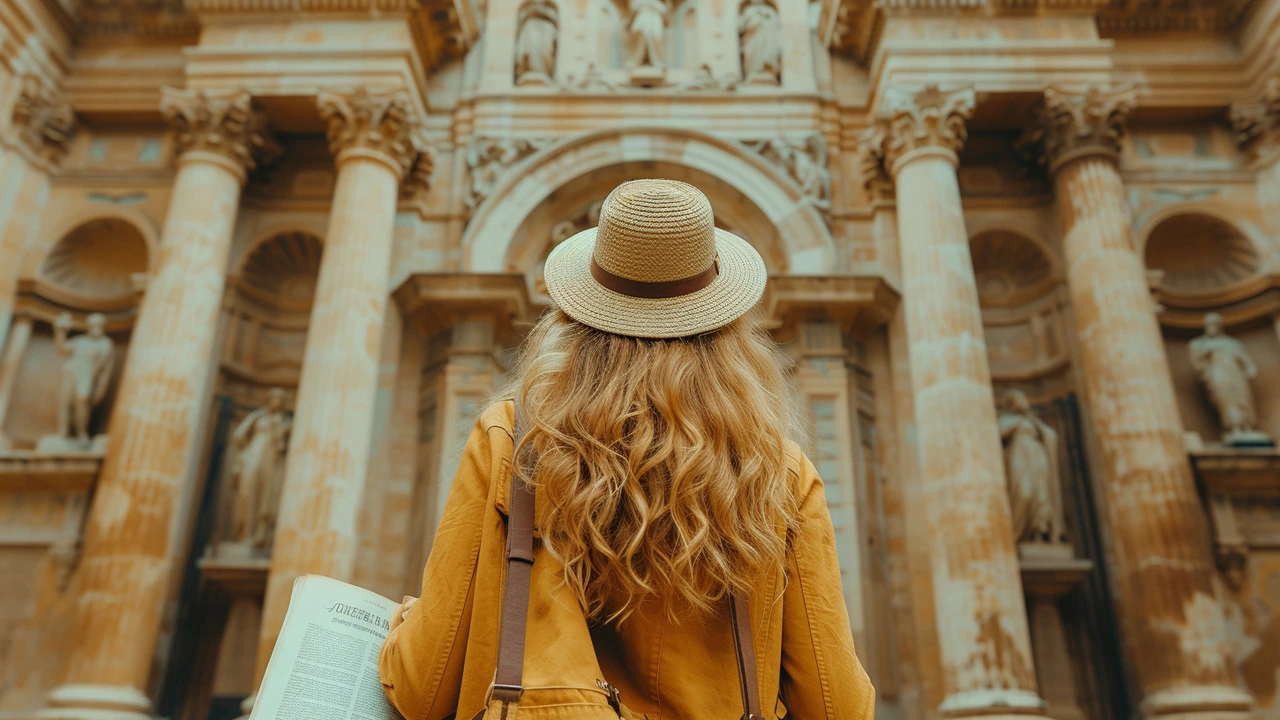Preservation Methods: Practical Ways to Protect Buildings & Art
A surprising fact: small fixes done on time often prevent the need for major restoration later. You don’t need a huge budget to keep a building or artwork healthy. Start with clear steps that anyone managing heritage property, a historic home, or an old painting can follow. I’ll keep this practical — what to check, what to do first, and when to call a pro.
Quick assessment and documentation
First, look closely. Walk the site or inspect the object and note cracks, damp spots, flaking, loose joints, or corrosion. Take dated photos from multiple angles and keep a short written log. Why this matters: good records show change over time and help professionals diagnose problems faster.
Next, prioritize issues. Ask: is the problem causing ongoing damage or just cosmetic? Structural issues, active leaks, pest activity, and mold get top priority. Scratches, faded paint, or minor chips can wait but still deserve a record.
Practical preservation steps you can use now
Stabilize first. If an element is loose — a falling cornice, a shifting tile, or a flaking frame — secure it temporarily to stop further loss. Use reversible fixes like straps, wax ties, or lightweight supports. Reversible means future conservators can remove your intervention without damage.
Control the environment. For buildings, fix drainage, manage roof runoff, and keep gutters clean to avoid water damage. For artworks, aim for steady temperature and humidity: avoid rapid swings, strong direct sunlight, and high humidity in storage or display. Even a simple hygrometer and blackout curtains help.
Choose compatible materials. When doing repairs, match old materials if possible. Use lime-based mortars for historic masonry instead of modern cement, and choose archival tapes or conservation-grade adhesives for paper or textiles. Wrong materials can trap moisture or cause chemical reactions that speed decay.
Start a maintenance schedule. Simple routines stop big problems: clear gutters twice a year, inspect roofs each season, dust frames monthly with a soft brush, and check seals around windows and doors. Small chores spread over a year cost less than emergency fixes.
Think reuse before replacement. For buildings, adapt features where possible instead of gutting them. Reuse keeps character and reduces waste. For damaged artworks, consider minimal intervention that preserves originality rather than full restoration that changes the piece.
Know when to hire a specialist. Structural instability, major paint loss, or fragile textiles need a conservator or structural engineer. Use your documentation to brief them — it saves time and money.
Finally, involve the community. Local volunteers can help with cleaning, basic maintenance, and monitoring. Grants and tax incentives often exist for historic preservation — check local heritage agencies early in the process.
Follow these steps and you’ll extend the life of buildings and artworks without unnecessary expense. Start small, document everything, and make steady maintenance part of your routine.

Preserving the Legacy of Colonial Architecture
Hi there, friends! In today's post, we'll journey through time, exploring the beauty of colonial architecture. We'll discuss the key features that make these constructions unique and the significance they hold in our societal history. More importantly, we'll dive into the methods of preserving these cultural treasures, ensuring that our future generations appreciate these architectural marvels as much as we do. Join me in my journey of preserving and celebrating architectural legacies with a focus on colonial era buildings. Come, let's delve into history together!
Read more